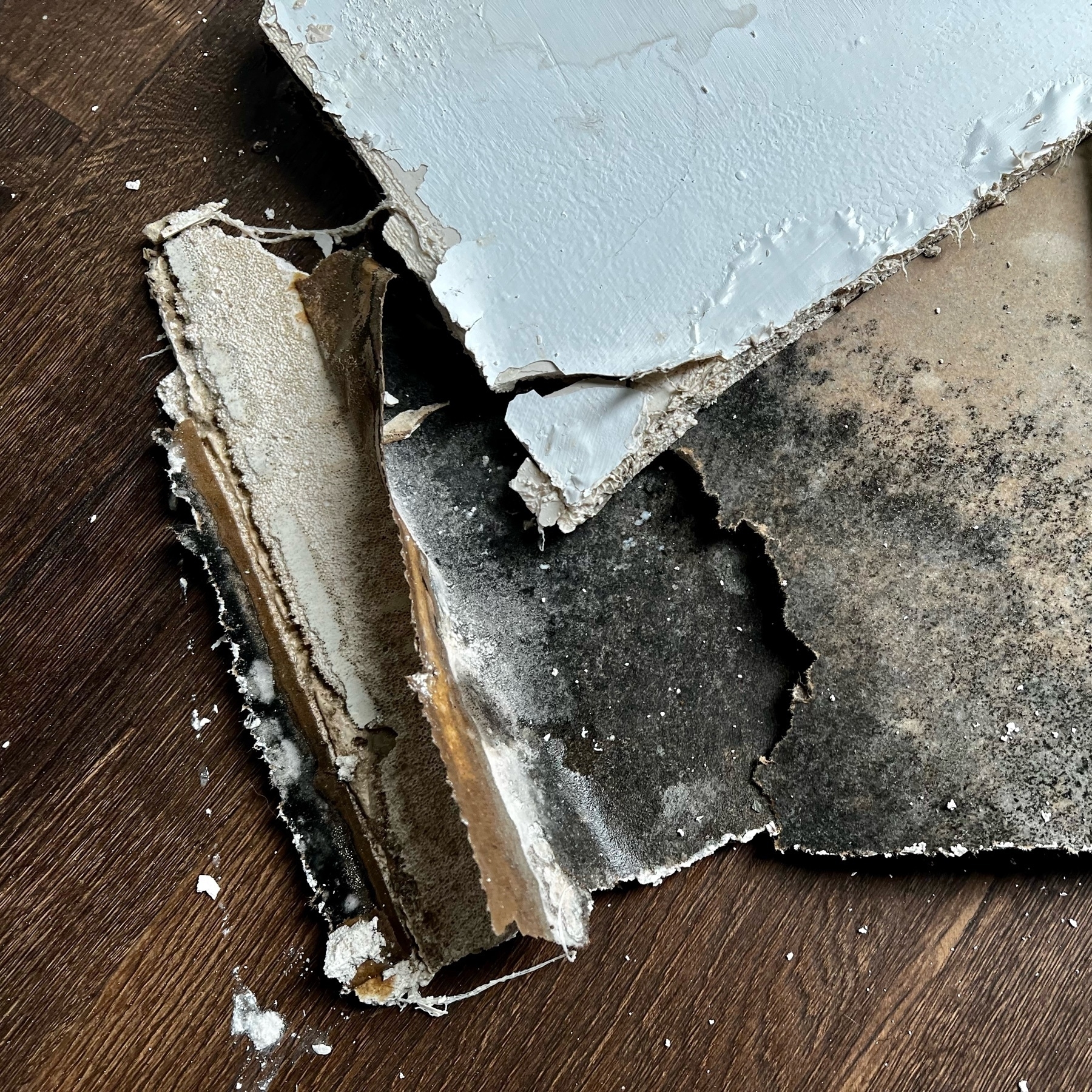Getting into daily notes after several failed earlier attempts. Realizing that the right template to prompt thoughtful entries is key.
At a Buddhist temple in Busan.

Busan at night.

Loved this piece today at a museum in Seoul.

A piece of art at the DMZ.

Gangnam style.

I’ve read so so many posts about using Drafts to post to micro.blog that I’m giving Drafts another try. My first attempt using Drafts years ago didn’t click. Let’s see if this attempt (and post) are more successful.
Taking a moment.

My problem as a book reader is that I seem to always be more excited about my next book than my current book.
Making tough choices that will make you happier in the long run often doesn’t feel great in the short term.
Trying the AirPods Max again and they still seem too heavy and bulky. Am I the only one who feels this way?
I both love Chess and am unsure how I can become better at it. I may be stuck playing at my fairly basic level.
Just doing a little light reading.

Just doing a little light reading.
Am adopting a ‘’less Twitter, more books” lifestyle. I hope I can make it stick.
Sadly, most people aren’t as interested in Chess as they are in reading about cheating in Chess.
And we have black mold in a ceiling. 😔

I’m going to shamefully admit that I haven’t seen Hocus Pocus 1. 🫢
Currently reading: What We Owe the Future by William MacAskill 📚
About a third in. Have listened to several podcasts featuring interviews with William MacAskill. He’s amazing at framing the impact of our societal choices in long-term, even universal-level ways.
“In a time of recession, we could drop taxes on new spending, giving the rich and poor alike more reason to spend. In times of inflation, we could raise taxes on new spending, particularly among the wealthy, giving them a concrete reason to cut back immediately and to save and invest more at the same time.”
Really interesting idea here for having automatic tax policy for controlling inflation in a fair way for all income levels.
I’ve come to realize that being forced to do something you don’t enjoy often also forces you to learn in unexpected ways. A good perspective to keep in mind.
Bruce Willis’ Rep Refutes Report That He Sold Likeness for Deepfakes – The Hollywood Reporter
I guess this story wasn’t as bad as I thought. Still creepy, though.
I’m very late to the party on The Old Man with Jeff Bridges. Just fantastic. Two episodes in and can’t wait to see where it goes.
Deepfake Bruce Willis may be the next Hollywood star, and he’s OK with that - Ars Technica
In case you haven’t had enough dystopian news lately.
Currently reading: Station Eleven by Emily St. John Mandel 📚
I’ve found in recent years that my attention span has shriveled. I either take forever to get through books or abandon them. Not so with Station Eleven. I’ve torn through it in less than a week and will finish shortly.
Emily St. John Mandel is a stunning talent. Every character feels so nuanced and real. She finds such beauty in scenes of utter bleakness. I plan on watching the HBO mini-series based on this book soon and will definitely try another of her books.